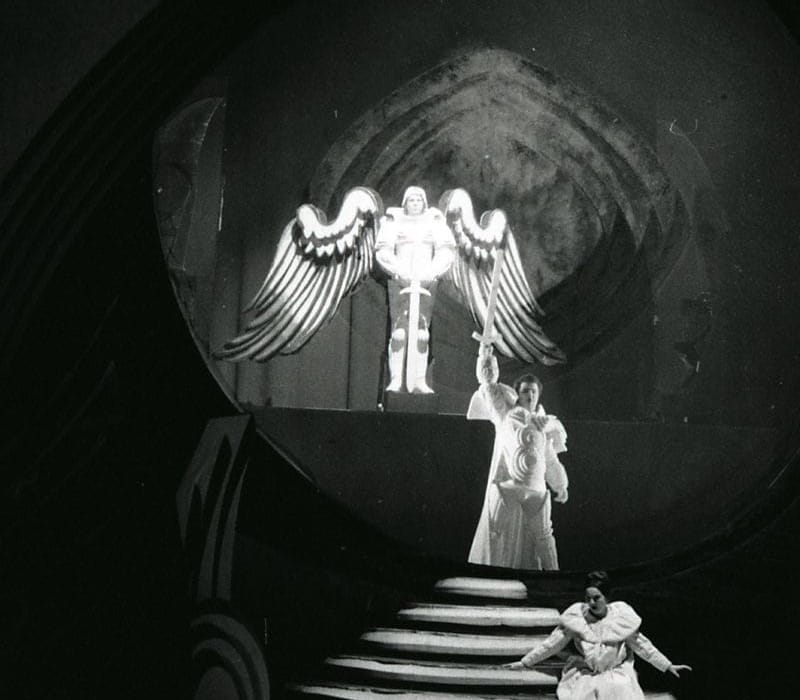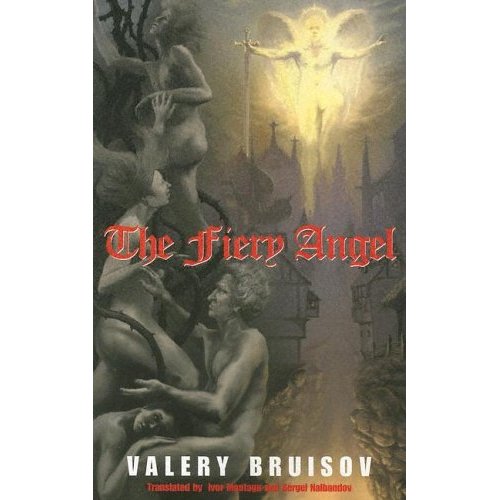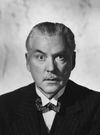'The Fiery Angel'

Valery Bryusov's The Fiery Angel (Russian: Огненный ангел, translated as Ognenny angel) was published as a serial through 1907 and 1908. What made it interesting for readers was the love triangle it told between three prominent Russian Symbolist writers: Bryusov himself, Nina Petrovskaya and Andrei Bely.
The Symbolists all had trouble living in the real world and their writing was fueled by hopeless love affairs and petty resentments. The leading Symbolist poet of the time, Alexander Blok, was dead by 1921, Bryusov was dead by 1924 and Petrovskaya committed suicide in Paris in 1928 and it can't all be blamed on the 1917 Revolution. Bely, who wrote his masterpiece Petersburg in 1913, lasted the longest, dying in 1934. (Bely has been described as a mystical holy fool in the tradition of Russian Orthodoxy, like in these Mikhail Nesterov paintings.)
The Fiery Angel doesn't have the sense of humor or the wings of imagination that The Master and Margarita does, relying instead on demonic possession in 16th century Cologne. In other words, Bryusov believed in most of the magical and occult nonsense he wrote about. Like Bulgakov's novel, Satan puts in an appearance, there is a flight to a witches sabbat and a black mass and orgy but it's missing Bulgakov's exquisite irony. I have to believe Bulgakov had read The Fiery Angel.

The composer Prokofiev discovered the novel in America in 1919 and began work on an opera based upon it. Completed by 1927, it really never came together and it wasn't performed during his lifetime, despite many attempts to do so. The black magic, sexual content and satirical touches (singing skeletons) made for an unwieldy combo. The first performance was in Venice in 1955, two years after his death and it wasn't performed in the Soviet Union until 1992.
